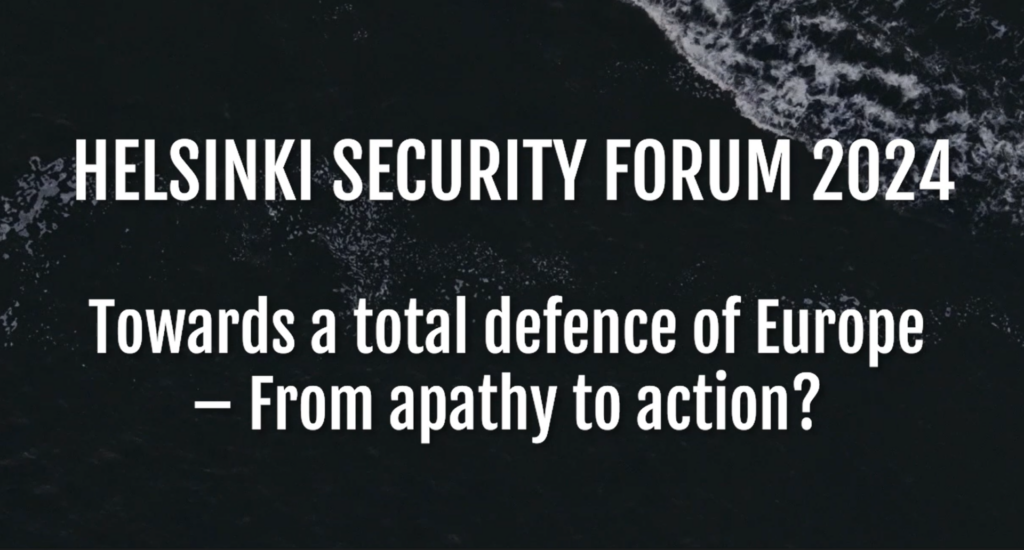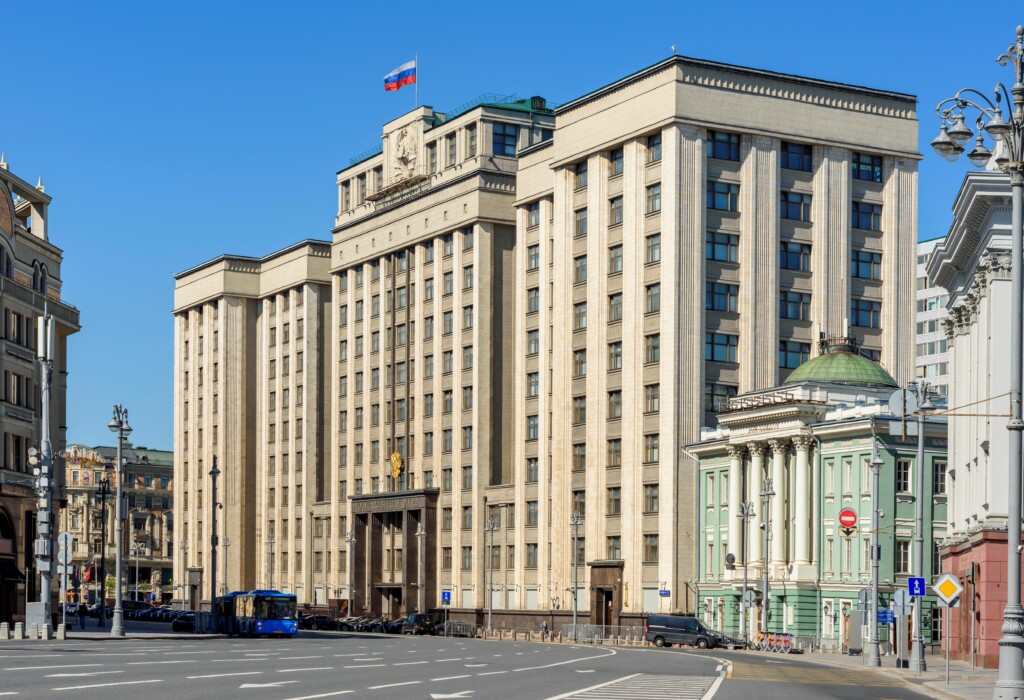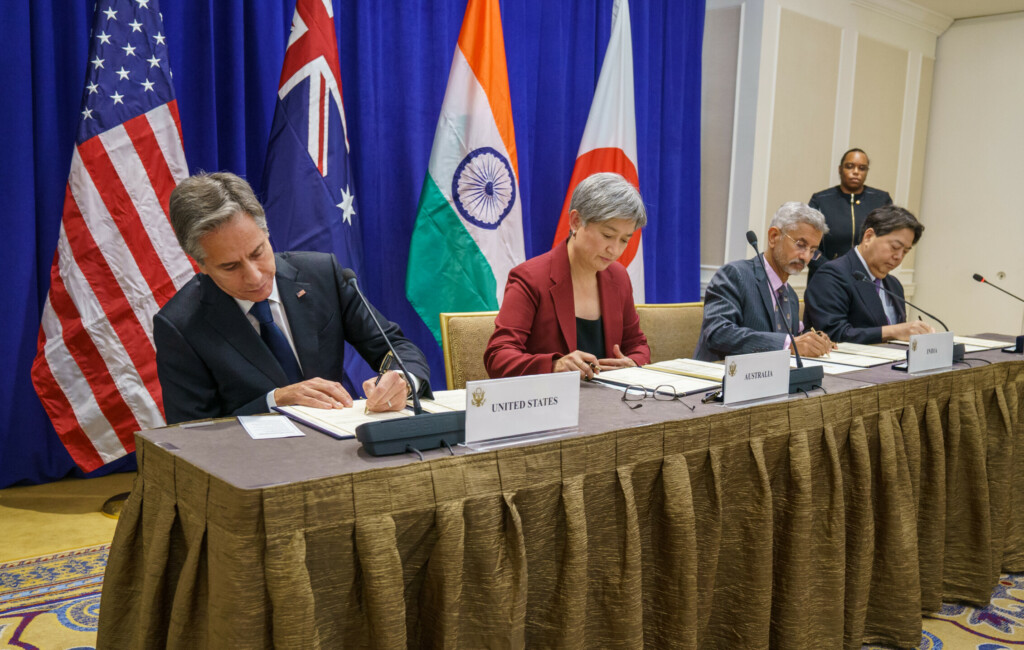Publications

Enhancing Europe’s defence capabilities requires persistence
In February 2022, the war returned to Europe when Russia launched its aggressive invasion of Ukraine. Very rapidly, European security policy shifted and the grounds for the existence of the defence industry became clear to everyone. Now, over a year and a half later, Europe remains a continent at war, and it has become self-evident that any quick resolutions are not in sight. Ensuring the sovereignty of Ukraine will require persistent support.
The war has shown the need for interchangeable equipment and performance so that logistical support and maintenance can be provided more efficiently and reliably.
The war prompted European decision-makers to look at the security situation from a shared point of view. Countries have traditionally been very protectionist in their defence equipment procurements. The war has shown the need for interchangeable equipment and performance so that logistical support and maintenance can be provided more efficiently and reliably, which is particularly difficult to ensure in the midst of a war.
Despite joint European projects to enhance equipment acquisitions, national decision-making will continue to play a major role in the development of the defence industry due to the differences in the defence materiel situation in different countries. We should keep in mind that equipment acquisition processes typically take several years to complete, even if joint European projects would result in faster decision-making and efficiency.
The invasion of Ukraine is very much a frontline warfare, which had been considered an outdated concept. For decades, European security policy has been based on preparedness, particularly against information warfare and cyber threats. Finland has been one of the few exceptions in this regard – the country has maintained its capabilities even in times when many European countries were neglecting the development of their defence capabilities and materiel procurements.
Europe needs to make long-term plans in order to ensure a continuous flow of equipment to Ukraine.
Even if the war in Ukraine were to end today, we are facing decades of growing demand and efforts to enhance European preparedness. There has been a lot of discussion over the production capacity of the defence industry, but the relevant question is what the long-term orders are we should be preparing for. Europe needs to make long-term plans in order to ensure a continuous flow of equipment to Ukraine.
Esa Rautalinko is the President and CEO of Patria.

Helsinki Security Forum 2024 addresses the need for European total defence
The third annual Helsinki Security Forum (HSF) will be held on 27–29 September 2024. This year’s conference is titled Towards...

for HSF Blog
Rejecting Russian Spheres of Influence
The EU has rejected the language of spheres of influence in favour of an international order based on common rules...

for HSF Blog
Reverberations in the Indo-Pacific of the War in Ukraine
Russia’s war of aggression against Ukraine has had significant ripple effects in Indo-Pacific security dynamics and ongoing great-power competition.

About the author
Esa Rautalinko
President and CEO of Patria
Esa Rautalinko is the CEO of defence and technology company Patria.